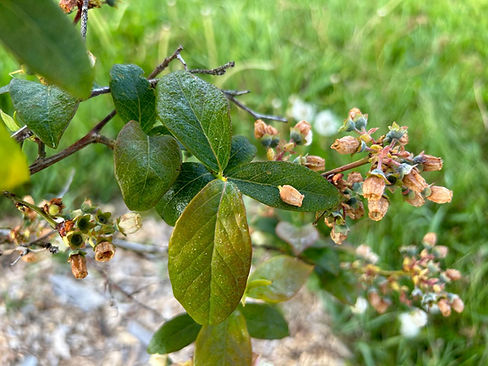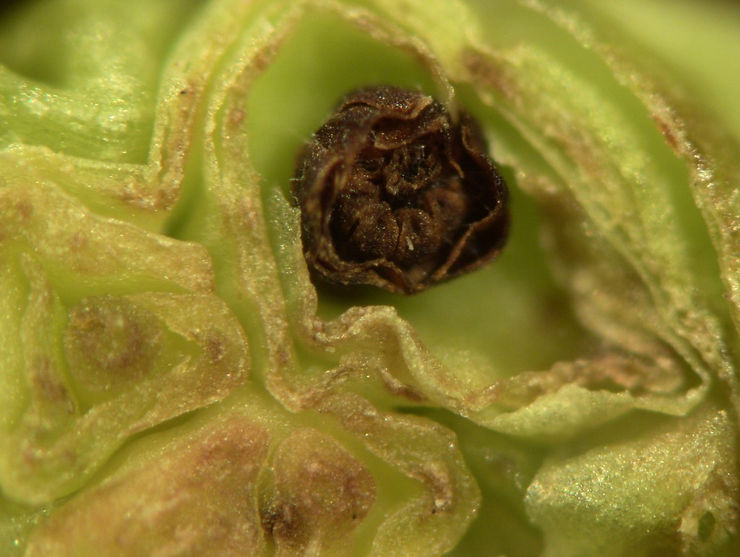Heat Impact
Pre-Bloom
Heat stress during the overwintering and bud break stages can significantly disrupt the development cycle of blueberry plants. Elevated winter temperatures reduce the accumulation of cold hours required for dormancy, weakening bud development and increasing susceptibility to late frost damage.
More images of damages are located under "Photo Library".

Overwintering
Blueberry winter hardiness depends on adequate raffinose levels and successful dormancy, both of which are disrupted by elevated winter temperatures. Warmer conditions reduce raffinose concentration and interfere with dormancy, increasing the risk of frost damage and weak bud development. In severe cases, plants may fail to enter dormancy entirely, making them highly vulnerable to cold stress. The left image shows severe frost damage of blueberry bloom.

Bud Break
Blueberries exit dormancy and begin flowering bud development through a temperature-regulated process called de-acclimation. When temperatures rise too early, buds may break prematurely and become vulnerable to late frost damage. This can reduce flower and fruit formation, ultimately lowering both fruit quality and yield. The photo on the right demonstrates a bud damaged by freezing event, due to weakened resilience towards weather fluctuation.
